Bigger than big and blacker than black, it’s Jason Well’s slammed Cadillac
Words: Todd Wylie Photos: Cam Leggett
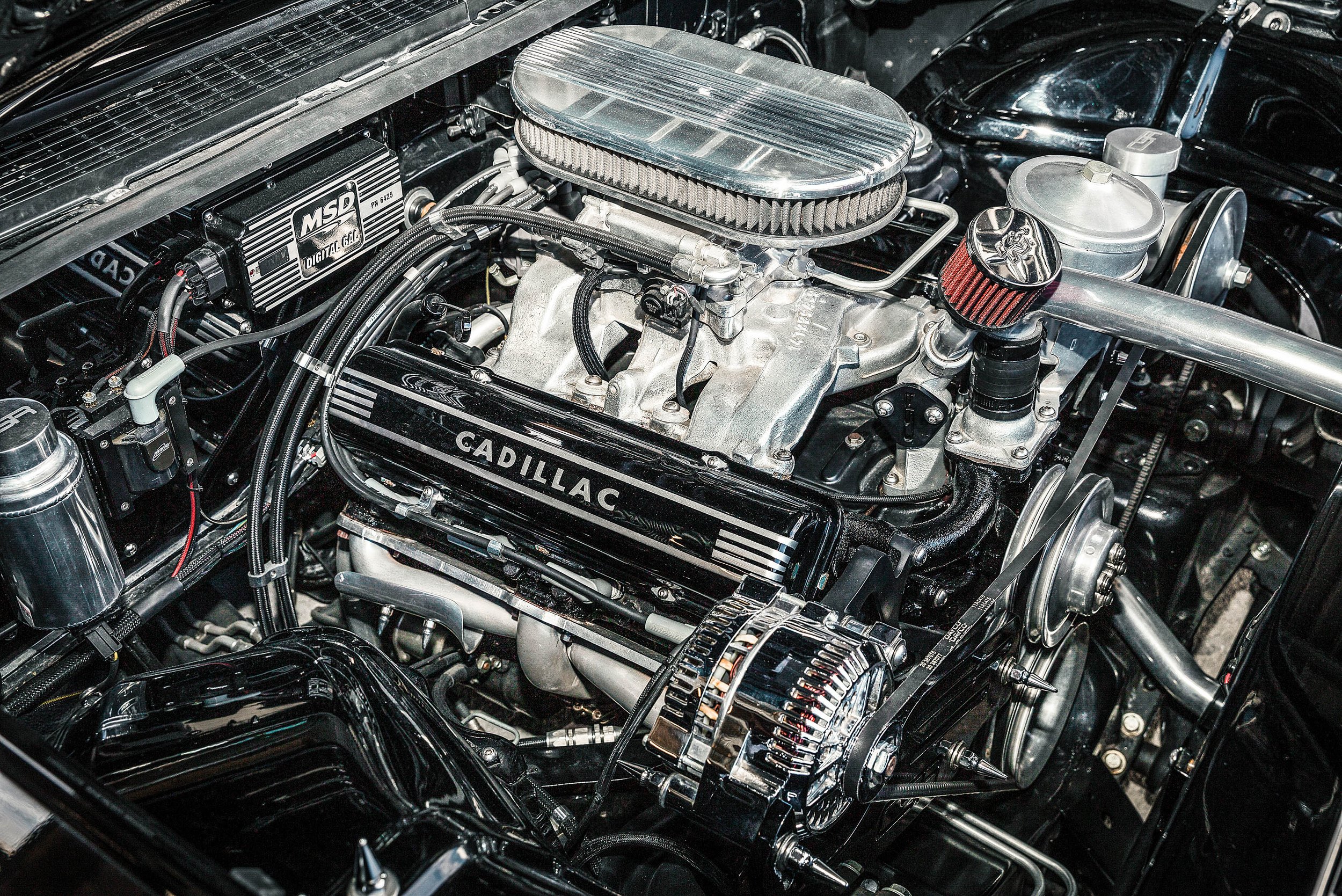

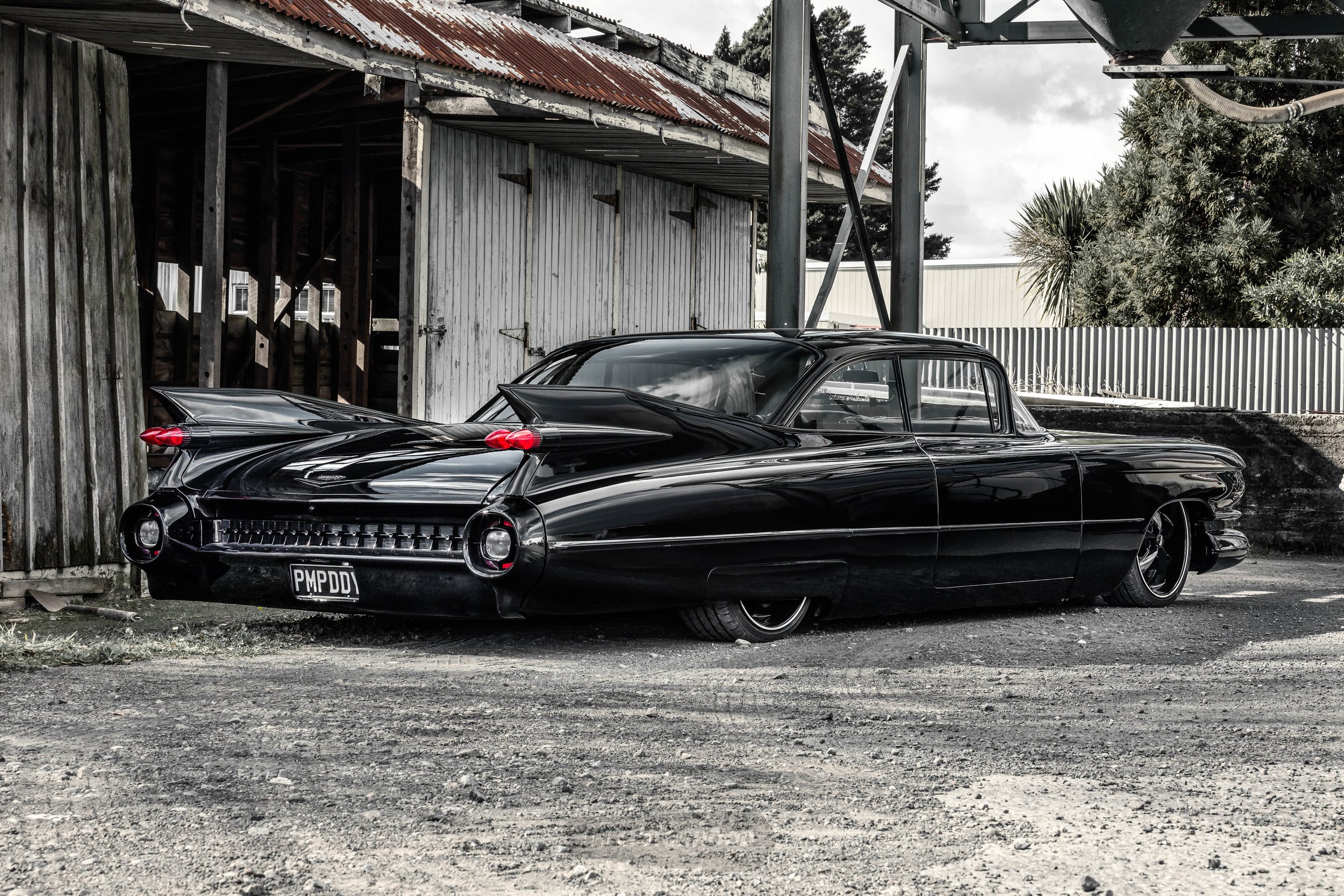
Taranaki’s Jason Wells laughs that he has two hobbies: old cars and being tight with money. Of course, those two things don’t exactly go together in harmony — far from it, in fact. But, having wanted a ’59 Cadillac since he first saw one in the late 1990s, he finally convinced himself that turning 40 was the best excuse that he’d ever get to spend up large and buy one. Sure, he’d owned other old cars over the years, including a ’51 Chev Deluxe,
’56 Chev Bel Air, and a ’65 Pontiac Laurentian, but nothing in the league of a big-finned ’59. The ’59 Cadis are renowned for their rocket-like features; excess of chrome; and, of course, those unmistakable fins. Packed with all the modern features of the time, the Cadi was one of the most luxurious cars available on the American market, and that was part of the appeal to Jason.
He didn’t need to turn to the US to find his ’59, though. After hunting online and struggling to get inspections performed due to Covid, one popped up in the South Island. At the time, it wasn’t being advertised for sale, but he sent the owner a message anyway to see if they were thinking of selling, and it turned out they were. While it would be easy to say the rest is history, that was only the beginning.
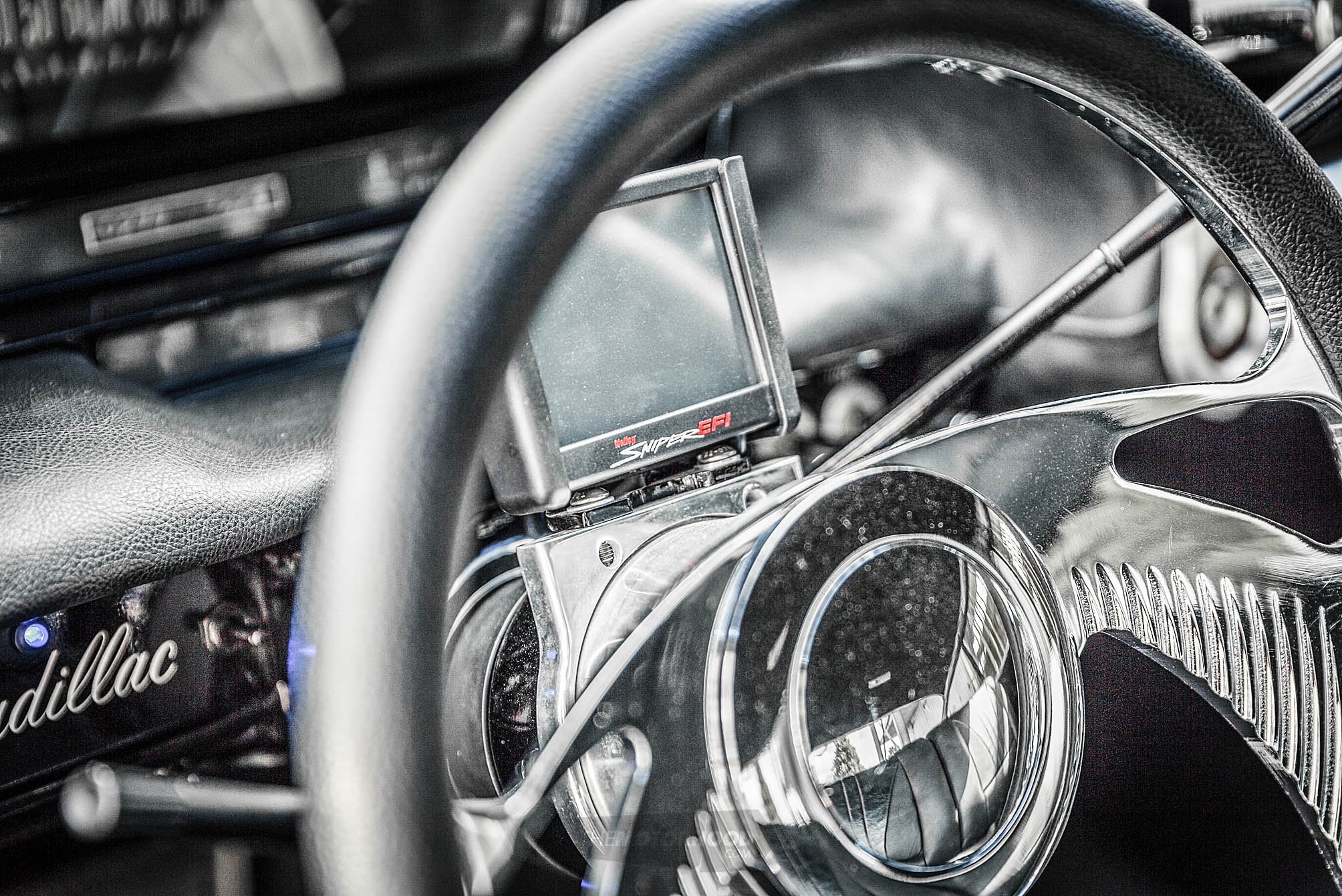
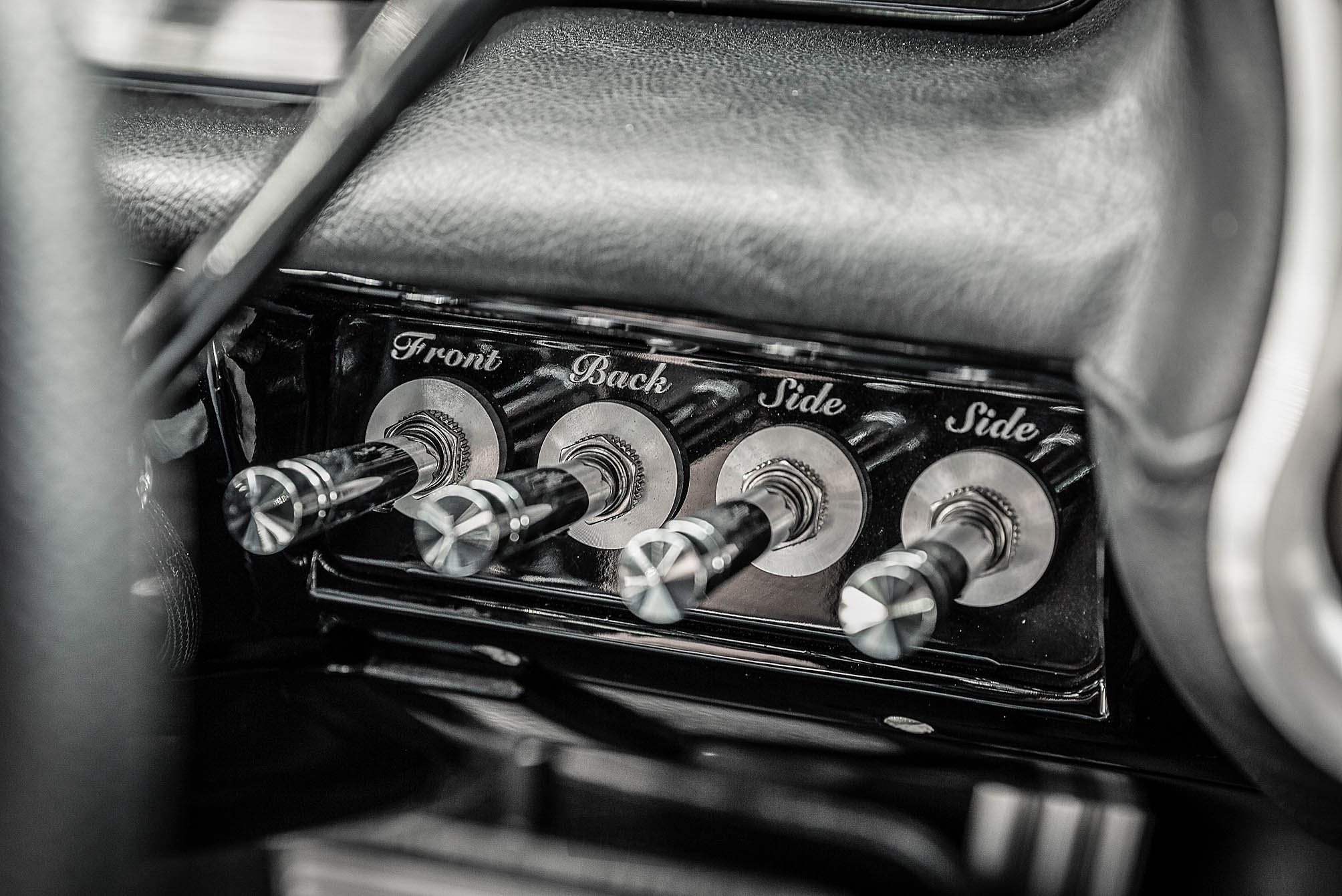
Once delivered to Taranaki, the long panels, classic looks, and character Jason had long wanted were everything he had hoped for. Of course, there’s always room for improvement, and even before he’d bought the car, he’d been in contact with Kevin Walsh at Custom Street Rides (CSR) about air bagging it. Not being a big job, the CSR team were able to fit it in around a month later.
“The day they put it up on the hoist, Kev phoned me and said, ‘We have a slight problem,’” states Jason. “But I knew from his voice it wasn’t a slight problem.”
That perception was correct too, as it turns out that the car had rust holes in the sills, and the best way to access them was by removing the body from the chassis. Jason had to pick between those two hobbies here, taking the opportunity to build the car of his wildest dreams, or saving money and doing the bare minimum. Needless to say, he took the opportunity and decided to push ahead to build the car the right way, regardless of what it cost.
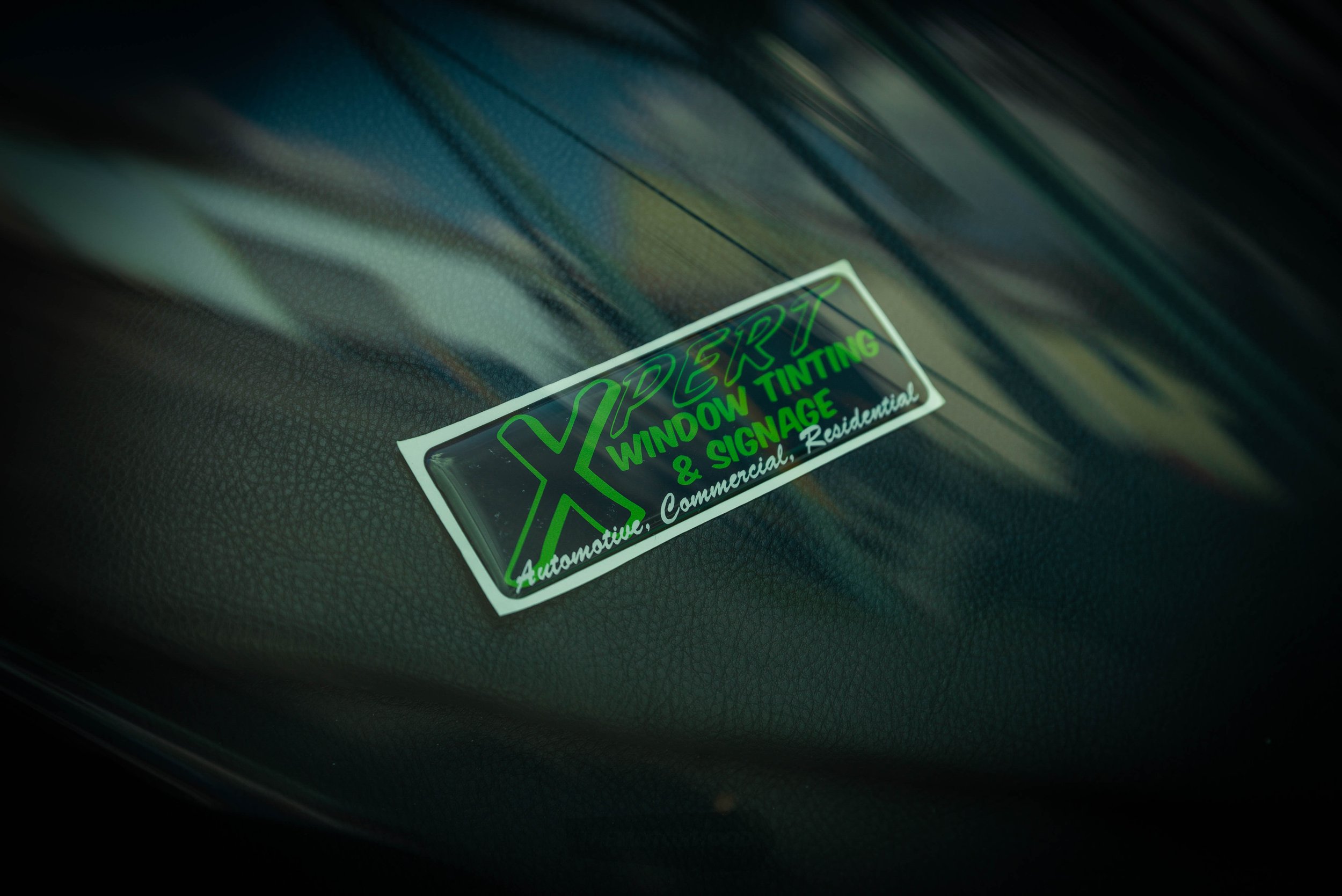
The team at CSR — especially Zarn Williams, project manager on this build — are not ones to shy away from a challenge like this, and, with everything besides upholstery able to be taken care of in-house, the car was left in their comfortable hands for the full build. Obviously, the rust repairs were first on the list, and this task expanded to sorting out any other minor imperfections in the body. The car’s gloss black paint was part of its appeal, and, thankfully, they could get away with touching up a few areas and giving it a full buff rather than a full repaint. During this process, ideas started to snowball to include blacking out all the trim work and bumpers. While plenty of Kiwis have gone halfway with a mod like this, Jason was completely committed and didn’t leave a single item of chrome or stainless trim untouched. Of course, it did help that the handles, locks, and aerial were shaved off as well. Jason was hands-on in this blacking-out task too: “I got given the job of prepping over 150 grille bullets, slats, and brackets. The guys did tell me there were over 450 individual components to the front bumper / grille alone, but I was prepared to help and get it done.”

With the body off the chassis, it allowed the previously planned airbag suspension installation to be performed even more easily. For this, the CSR team used Slam Specialties RE6 bags up front and RE7 bags out the back, along with Monroe shocks.
To ensure that the chassis dropped all the way to the floor, the front control arms were modified, along with the front shocks being relocated. Thanks to the Cadi’s factory trailing-arm suspension system, the rear end was relatively simple, but every nut, bolt, and bush was replaced during the process. Replacing everything remained the mantra for the rest of the chassis, from brake lines through to the paint on the chassis itself. Rather than refit the stock drum-brake system, the Classic Performance Parts (CPP) catalogue was raided for a 13-inch front disc-brake kit and matching 12-inch rear disc set-up. Once the body was refitted, the system would be operated by a Lokar pedal and CPP eight-inch dual-diaphragm booster.
“When detailing the engine, the boys decided to whip the main bearing and rod caps off to inspect the bearing condition, knowing I didn’t want to pull the car apart again,” says Jason of the next step. “The compression and leak-down tests and oil-pressure readings were good on the pre-build inspection, but, because the oiling system was only a partial-flow filtering set-up, they wanted to make sure it was good. It turns out the bearings had had a pretty hard life, and their life was only going to get harder, so it all came to bits.”
Anyone who’s played with Cadillac motors will tell you that they’re not quite as simple as your average small block Chev, but there was no way Jason was converting the car to anything else. Instead, the 390ci Cadi mill was rebuilt using a polished crank, Clevite bearings, and Fel-Pro gaskets. A Melling oil pump was fitted to keep it well lubricated, while Cloyes timing gear was fitted to keep everything moving in harmony. Likewise, the heads were rebuilt using all-new components, including Isky anti-pump hydraulic lifters, and Melling valve springs and pushrods that now work off a mild Isky camshaft.
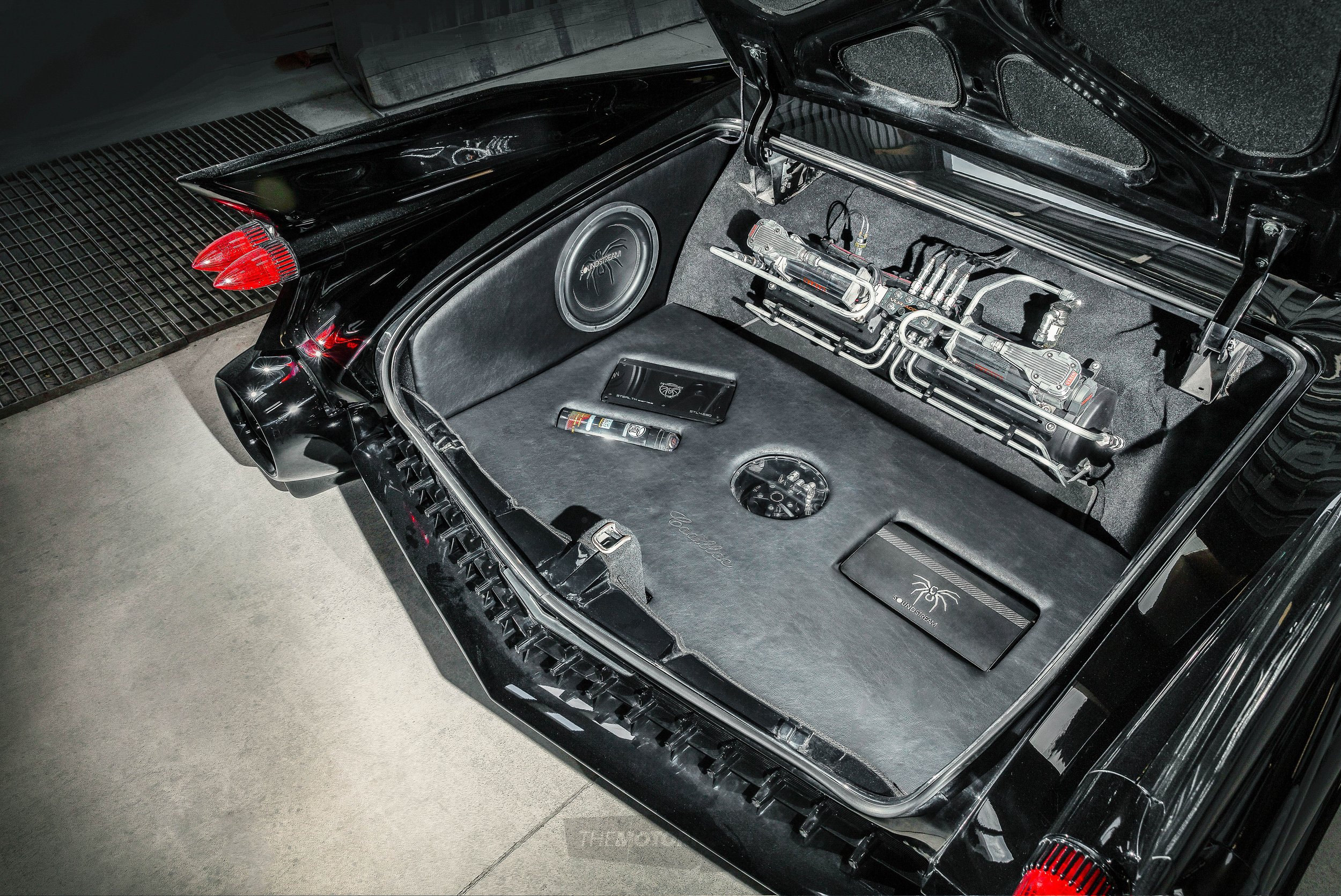


When deciding how to fuel the combo, the CSR team suggested that a Holley Sniper EFI system may be the way to go, having had plenty of success with them on other customer cars. Jason could see the benefits of converting to EFI, so that process soon began. Needing to run new fuel lines anyway, high-pressure items were chosen, while the tank was converted to use a Holley in-tank 255-litre-per-hour (lph) pump.
The Sniper system sits atop a factory dual-plane manifold and works in conjunction with a Pertronix Flame Thrower HV coil, Pertronix LS electronic-ignition conversion, and MSD 6AL. While CSR could have made custom headers, time was of the essence, so they opted to install a set of Sanderson items that would feed into a 2½-inch exhaust. Both the exhaust and the engine were refitted into the chassis before the body could be fitted for the last time.
Jason and the CSR team took the chance to show off their hard work first, though, displaying the rolling chassis on CSR’s stand at Americarna in 2020. The chassis was met with great feedback, and it left everyone involved hanging out to see the completed car. Thankfully, they didn’t have to wait long to sit the body down over the 20×8.5-inch and 20×10-inch Foose F104 Legend wheels that had been chosen months earlier.
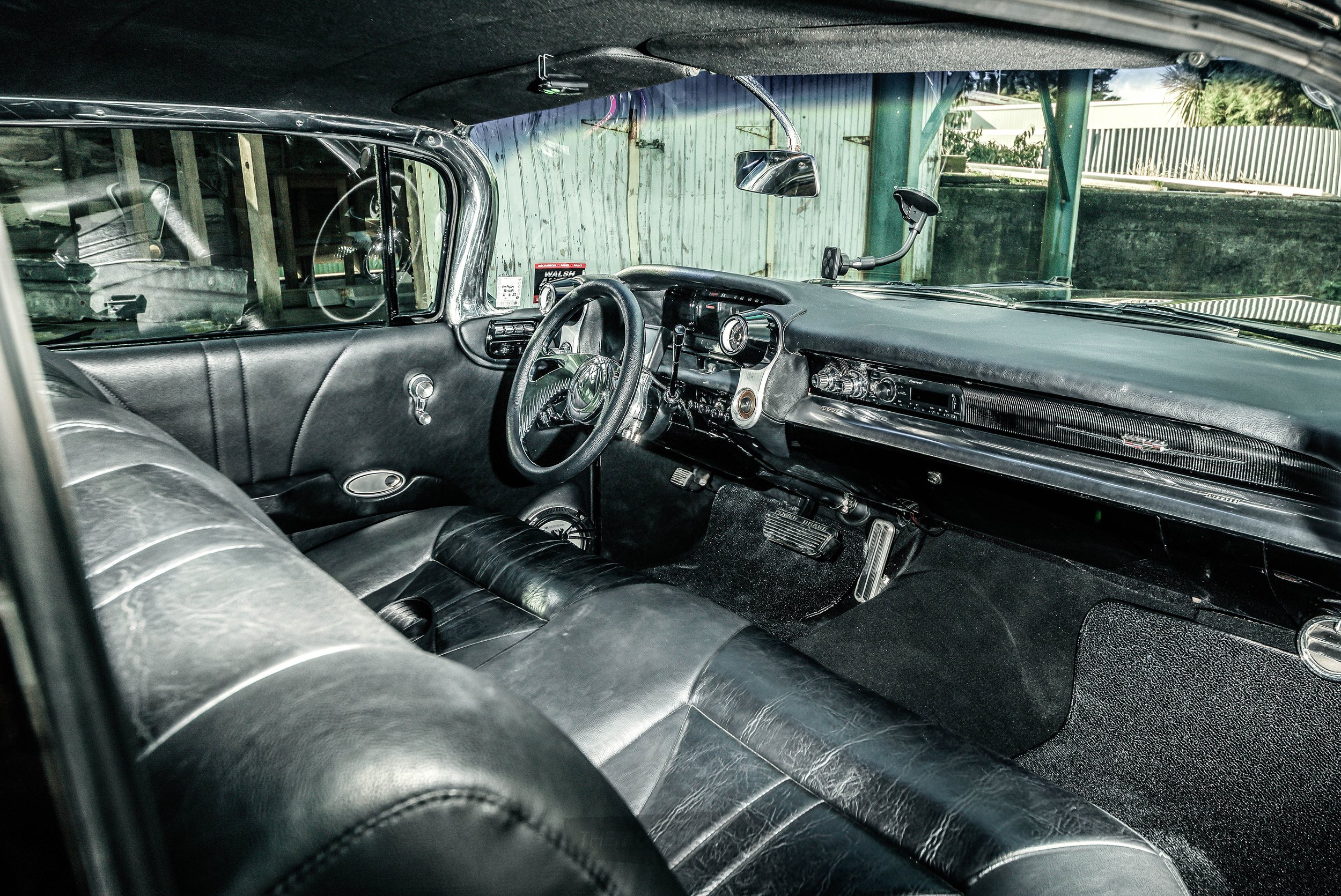
Seeing the exterior complete for the first time was cause for celebration, although there was more to come before the real celebrations could begin.
Says Jason, “When the body was off, I had decided I wasn’t happy with the interior concept compared to my black theme for the build — it was all outdated and covered in blue. I wanted it to be black.” Fortunately, not far away from CSR’s Inglewood base is Normanby Upholstery, where the soft components of the interior could be sent to be re-covered in a much more suitable colour. Meanwhile, all of the hard interior components, like the dash, instrumentation, steering column, glove compartment, ashtrays, and dash garnishes were left behind at CSR for detailing. Duane Laurson was then called on to fit a plethora of Soundstream stereo components, which, understandably, extend into the car’s expansive boot area.
The boot is also where you’ll find more of CSR’s magic in the form of the airbag valves, compressors, and tanks. The workmanship that’s gone into the boot area is a good indication of just what to expect when you start looking at the finer details all around. For example, under the hood, all unused holes have been filled, and the inner guards and radiator support panel were smoothed before it was rewired, hiding the wiring in the process. While it’s the big items, like the custom-made radiator, that stand out, the closer you look at the engine bay, the more custom touches you begin to see.
The interior also has plenty of smaller custom touches, like a billet mount to host the Holley EFI display, Lokar handles, and custom switch panel. Including all these finer details and the blacking out of everything, the build took around two years all up. Jason is forever grateful to the CSR team for not only fitting it in when it was meant to be just a small suspension job but also for the quality of the workmanship throughout. Sure, it’s meant that Jason hasn’t been as successful at his other hobby of being tight with money, but we’d say that when you’re rocking around in a ’59 as good as this, whatever it cost, it’s money well spent!
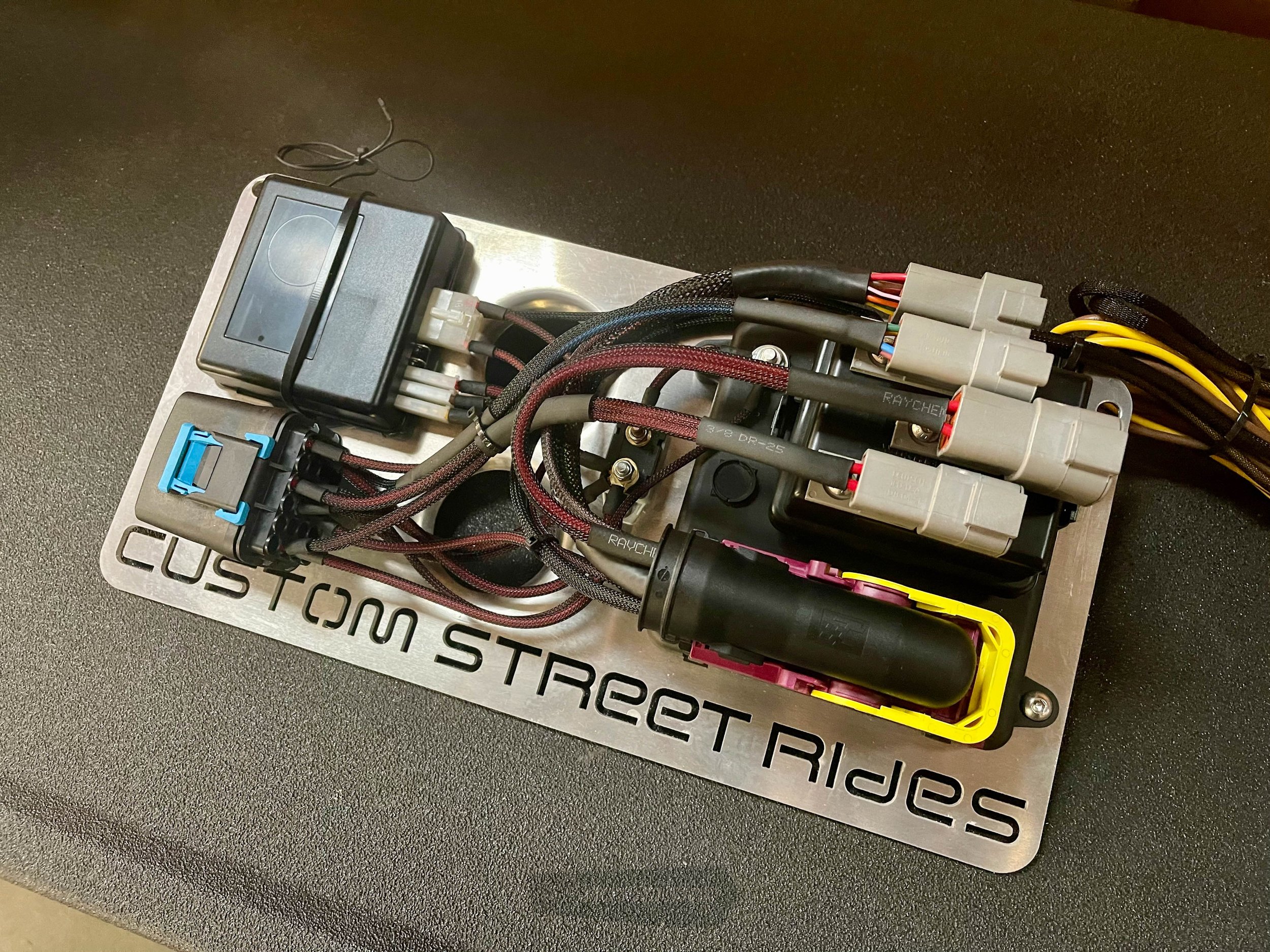


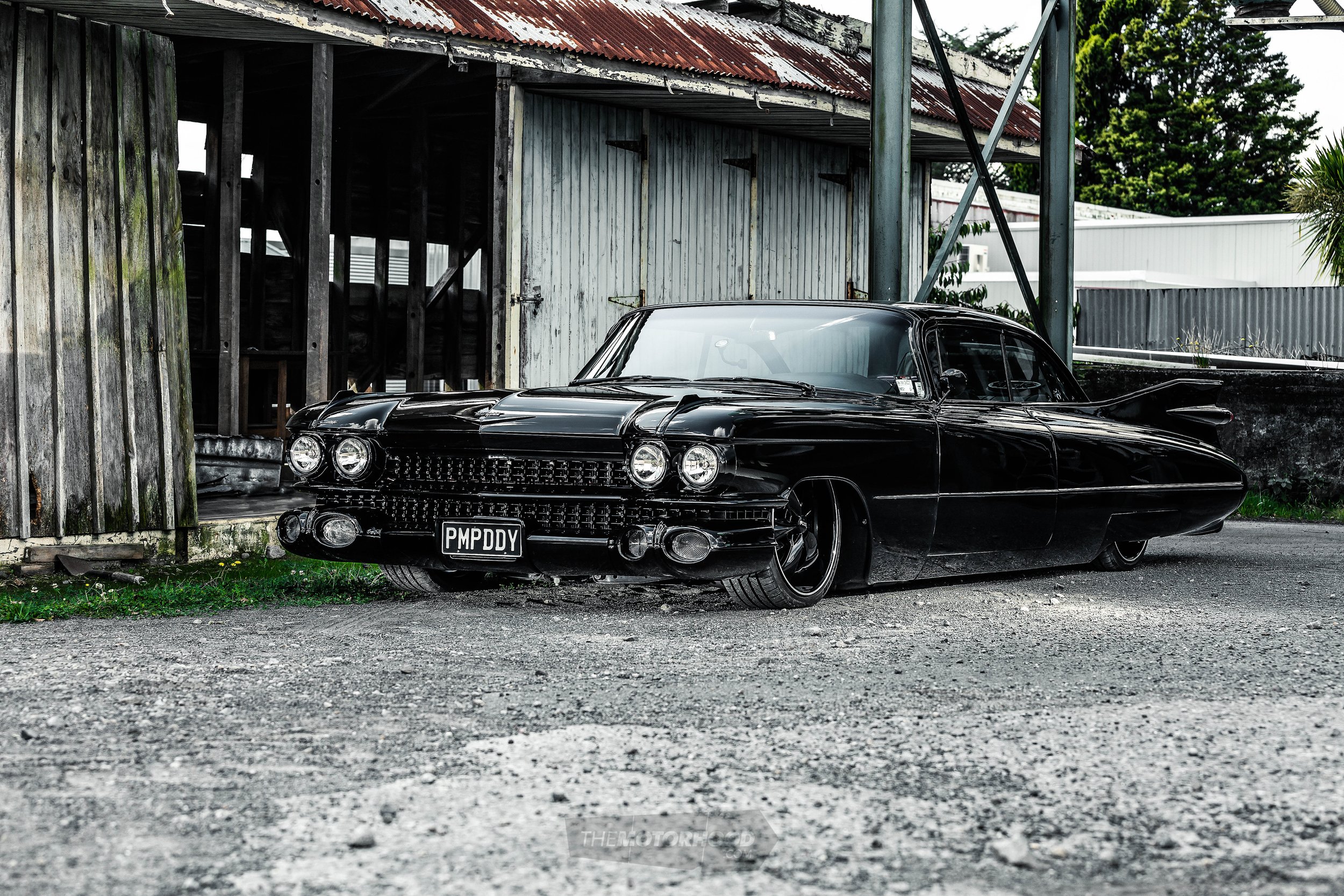
This article originally appeared in NZV8 issue No. 206




